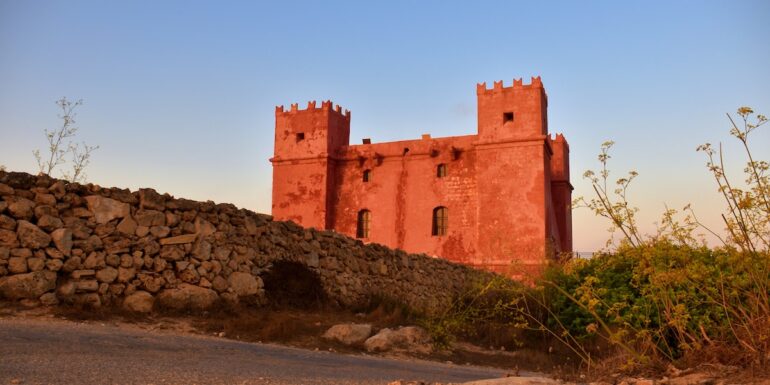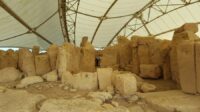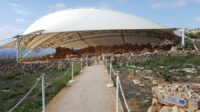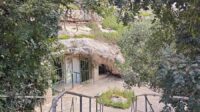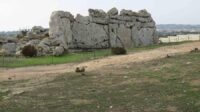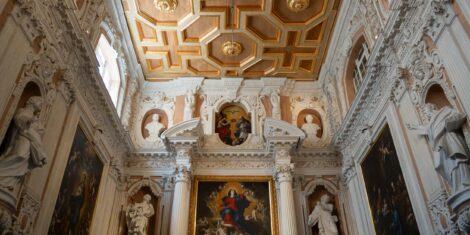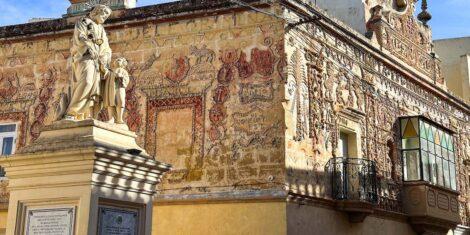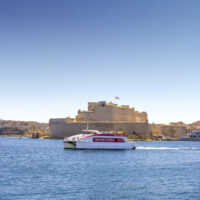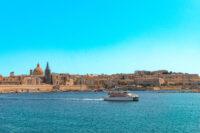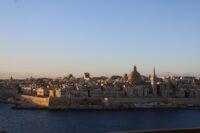Malta can easily be described as a melting pot of European and North African history. In terms of culture, at least. Funnily enough, the phrase ‘melting pot’ to an American historian would refer to the people who migrated to the U.S from other countries. Soon enough, they would have shook off their own culture and adopted this new American way of being. With Malta, a melting pot would mean rather the opposite. After all the different civilizations that have conquered or touched the island, there are many things that last to this day.
Neolithic Peoples (5900 BC to 3850 BC)
There are some famous civilizations that, in their efforts to change Europe, landed in Malta. The first in written history were the Neolithic People. We can only trace back to them through archeological findings and other proverbial footprints left behind from the time. It is calculated that somewhere around 5700 BC Malta’s first inhabitants arrived on the islands’ shore.
Archeologists have concluded that these people had agricultural and fishing communities, and hunting as another means to procure food. Because of “climate change fluctuations” that happened around the time, Malta was uninhabited for around a whole millennium, before the next peoples came about.
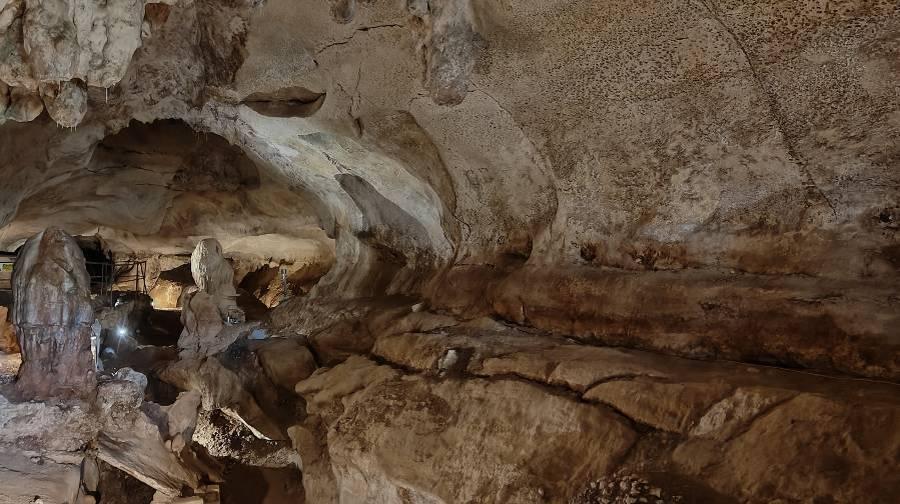
The Temple Period and Bronze Age Civilizations (3850 BC to 700 BC)
This is a very impressive time in Maltese history. The conditions of the time were quite abrasive for the people who managed to survive here. According to academic research it is unlike any other settlement stability in Europe at the time. Considering the rough challenges of the time, these settlers seemed to have managed to live on the islands for a long time. Before there were new severe climate conditions that essentially destroyed them, that is.
The Bronze age followed around 2350 BC. In this time we can see the development of human technology slowly appearing in the horizon of these civilisations. One such example is the cart ruts at Misraħ Għar il-Kbir.
The Phoenicians (800 BC to 255BC)
It is estimated that around this time came the first Phoenicians. They likely came from the Lebanese city of Tyre. The Phoenicians colonized the islands to make use of them as a port for further exploration and business. What is fascinating about this is that most Phoenician remains and tombs were found in the Citadella area in Gozo, and in the Mdina/Rabat area in Malta. Both of these eventually served as a ‘capital’ to either islands.
In addition to this, the Phoenicians were the first of the civilizations to bring the semitic language to the country. Of course at the time the variation of the language was probably very different. Still, it was the first seed that eventually evolved into Maltese.
The Romans (218 BC to 600 AD)
In the Roman period we see an important transition which eventually lead to several major changes and developments in the culture of the islands. In the works of renowned Latin historian Livy, Malta is said to have been passed on to the Romans during the second Punic war, when it was surrendered to the Roman Empire.
Much like many other places under Roman rule, the Maltese islands prospered. Not only that, but here Latin became the official language of Malta. Again, this brings up an element to the language. We can still see this today in the romantic-semitic mixture that is Maltese.
If we take the legend of Publius being the first Maltese Bishop to be true, the Roman rule also brought with it the supposed first contact of Christianity to Malta. The shipwreck of St. Paul has to be considered, whether or not it was totally true, as an event which had an impact on the culture and our understanding of where we come from.

Byzantine and Muslim Civilizations (533 AD to 1091 AD)
To close this part of the list, we have the Byzantine and Muslim transition of Malta. The Byzantine takeover is estimated to have lasted around 300 years. The Hellenistic temple remains—the one in tas-Silg—and some ceramic and pottery remains left behind confirm this.
At around 870 AD, the Muslims occupied Malta from the African North. The siege on Malta involved a massacre which probably destroyed its inhabitants and left it uninhabited. It was only in around 1048 that it was reinhabited.
Naturally, this is another very important step in Maltese history. Although the Arabs stayed for just a few hundred years, their impact on our society was huge and fundamental. Malta was thriving and the Arabs not only introduced their ‘Siculo-Arabic’ language—which is essentially a variety of Arabic spoken in the northern Islamic kingdom of the Mediterranean, which included Malta and other parts of Italy—but also introduced new methods of irrigation, cotton and some fruit.
In later years, several other civilizations came to the islands, bringing Malta to what it is now.
Title image © Malta Tourism Authority
